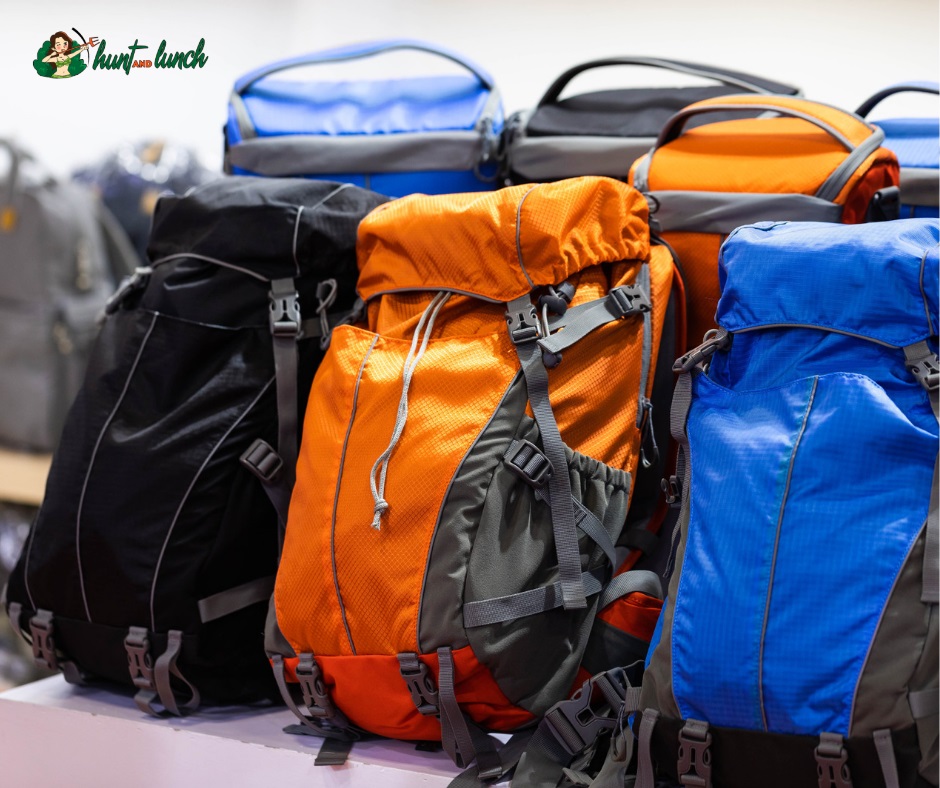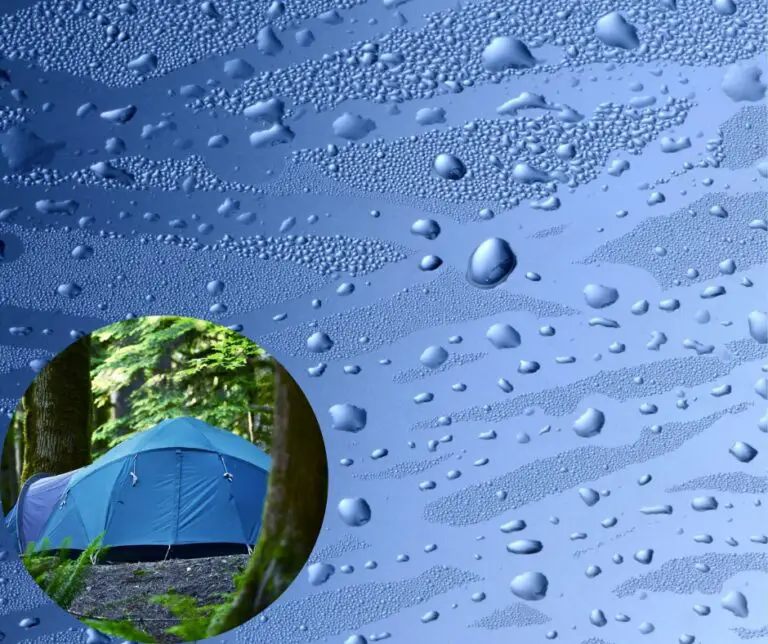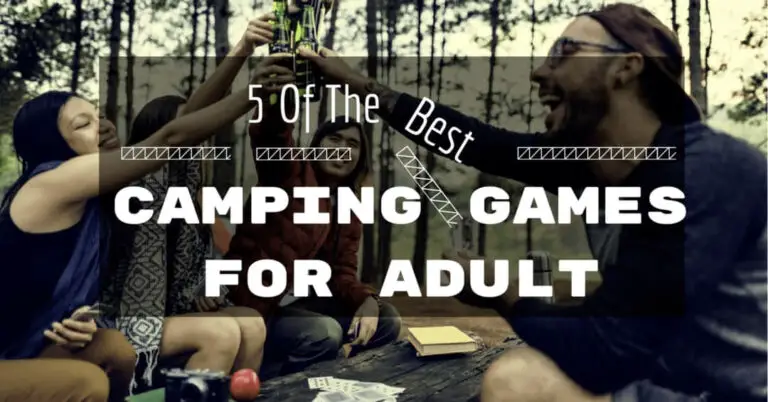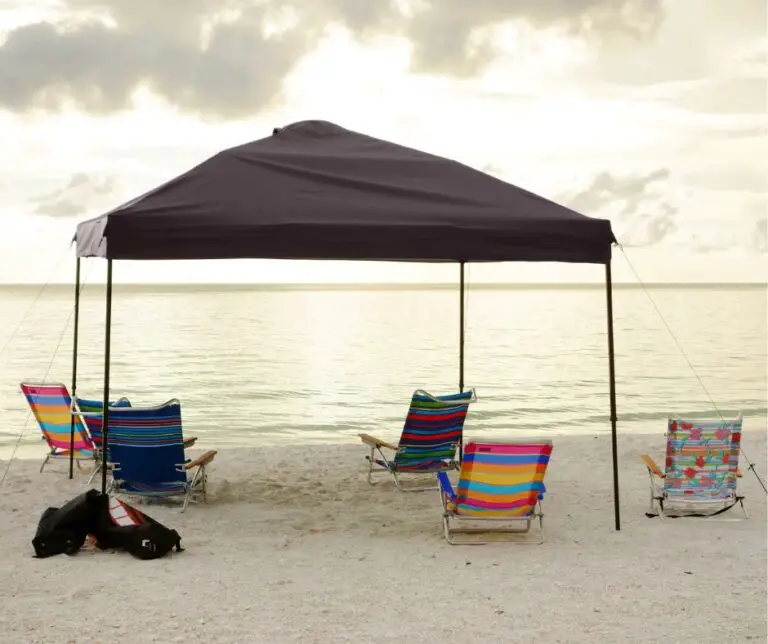
So, you want to go backpacking. That’s great. You’ve decided that you’re going to make the most of life and explore the world in all its glory. But before you set off on your adventures, there are some essential items that you’ll need for your trip.
One of these is a backpack. If you have ever been on an overnight trip before, then chances are that your backpack was too small or too big for what you needed it for. This can make you wonder, what size backpack do I need for backpacking?
What Backpack Sizes Are Available?
Different backpacks serve different purposes and although they all help you transport your essential items, size really matters. The size of a backpack varies depending on how long it will be used and how much gear the user wants to carry. And although there is no one size fits all, you can make the most of your backpack by picking the right size for your camping expedition.
Here are a few backpack sizes to consider:
Overnight packs (25-35 liters)
For overnight backpacking, you’ll need a pack that’s between 25 and 35 liters. This is the size of your pack when it’s totally empty, so if you’re looking at packs that aren’t labeled with their volumes, don’t be alarmed if they seem smaller than you thought they would be.
The best overnight backpacks are small enough to not weigh yourself down, but big enough to carry everything you need, and they should have plenty of pockets for organizing gear. When choosing an overnight backpack, consider what kind of weather are common in your area.
If it rains often where you live or plan on hiking in wet weather, get yourself a waterproof backpack cover. Otherwise look for a pack that’s made from lightweight materials like nylon or polyester, as opposed to canvas or leather. Also, make sure it has plenty of ventilation holes so air can circulate freely inside your bag without letting in too much moisture from outside sources.
2-3 days pack (35-50 liters)
Sometimes called the weekend backpack, the 45L backpack is big enough to carry sleeping bags, a small tent, and a pad. It can also contain other things like clothing and layers.
Depending on what your aim for packing is, it can also fit cooking gear. The 45l packs are often suited towards mountaineering and climbing activities with streamlined shapes and attachments for carrying gear.
If you will hike for just a day or two, a smaller pack will be fine. For example, if you’re only going to be out on the trail for one night or two, then a 45L (liters) pack will work well.
Multi-day packs (50-80 liters)
If you plan on spending multiple days in the backcountry and need more space, then it’s best to go with something bigger, like a 50L to 80L bag.
The size of your backpack depends on how much gear you need to carry and how many days’ worth of resources you will need. However, these sizes are great if you are not going on the trail alone as two people can share one.
How to Choose the Right Backpack Size
There are so many variables that can affect what type and size backpack to buy. And it’s important that you get it right.
Location of use
When you’re ready to buy your backpack, the first thing to do is determine which size you need. If you’re hiking in a wilderness area, where there’s no formal trail system and where there is little or no chance of finding water along the way, you’ll want to go with a larger pack that can carry more gear and supplies.
If you’re hiking on an established trail system, like one maintained by the National Park Service, or if there are plenty of water sources along your route, then carrying less weight will be easier for longer distances. In this case, choose a smaller-capacity pack so as not to overburden yourself with unnecessary weight.
The last thing anyone wants on their backpacking trip is sore shoulders from having too much stuff strapped onto them all day long.
Available features on the Backpack
Backpacks come with several features and this is a big factor in determining the right one for you.
For instance, compression straps allow you to tighten down your backpack’s contents. They’re super helpful if you’re carrying a lot of weight and want to be sure it stays put.
Pockets are great for storing small items like keys, phones, and snacks and they help keep everything from getting lost in your bag. Some backpacks have lots of pockets, while others have just a few; it depends on what kind of organization you need.
A rain cover keeps your pack dry when it rains (or snows) by covering the top of it so water doesn’t get inside through the zipper or openings in other parts of the pack. If there’s no rain cover included with your backpack, consider buying one separately.
External or Internal Frames
There are two main types of frames on a backpack: external and internal. External frames tend to be heavier and less expensive than internal ones, but they’re also better for carrying larger loads. Internal frames are lighter, pricey, and more compact, and while they can still carry large loads, they’re better suited for shorter trips.
Shoulder and Hip Belt padding
The shoulder and hip belt padding are one of the most important parts of a backpack. Make sure that your shoulder and hip belt are padded, adjustable, comfortable, and durable.
When you’re looking for a backpack with a padded shoulder strap, make sure it’s wide enough so that it doesn’t dig into your skin when weight is on it. The same goes for the hip belt, if there isn’t enough padding, you’ll feel pain in your hips during long hikes with lots of gear.
Ventilation
While some of the bigger packs have lots of ventilation, others don’t. Venting is important for airflow, comfort, and keeping your gear dry. A backpack that can breathe well will feel less sweaty than one that doesn’t. It’s also good for keeping your back cooler and preventing overheating as it allows heat to escape from the pack instead of being trapped inside.
There are several ways a backpack can ventilate: through mesh panels on the back panel or hip belt, through zippered openings on top, or via external pockets designed to be left open in transit. Some have extra-long shoulder straps allowing you to customize how much they ride up while hiking uphill.
If you’re going somewhere particularly hot, then it might be worth getting one with these features so that you don’t get too hot while wearing it.
Conclusion
With backpacking size, it comes down to what you need, how long you need it, and where exactly you are going. But smaller backpacks are great for short hiking and quick use, while bigger ones can serve you when you will be gone for an extended period. That said, always check the features of each backpack before buying it to ensure it meets your needs.

I’m Cindy, a free-spirited outdoor enthusiast. Since childhood, Our family frequently goes on weekend camps and my father, who was a skilled hunter, used to teach my siblings and me valuable things about wildlife survival. I made this blog to share my knowledge, experiences, and tips.






